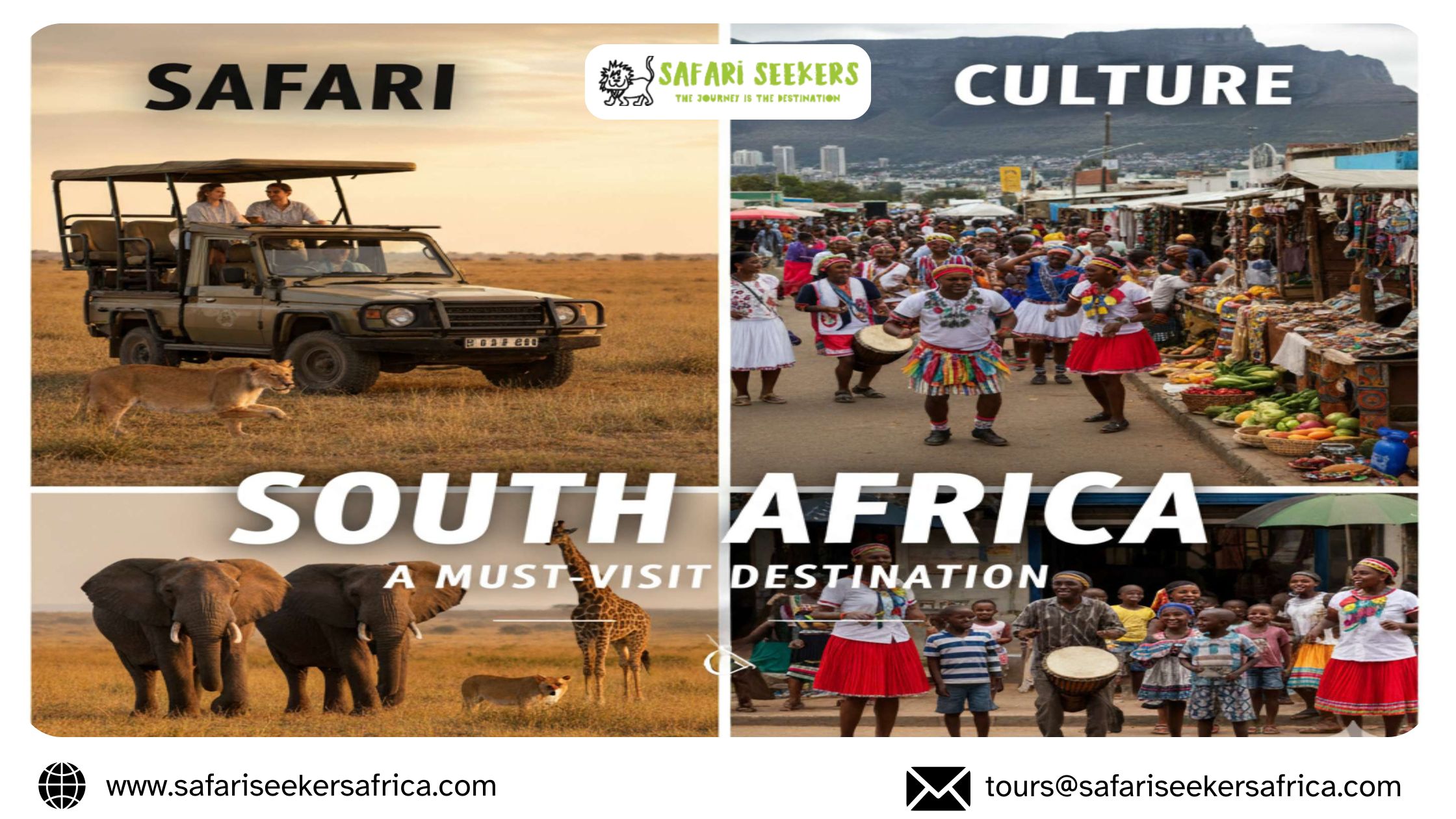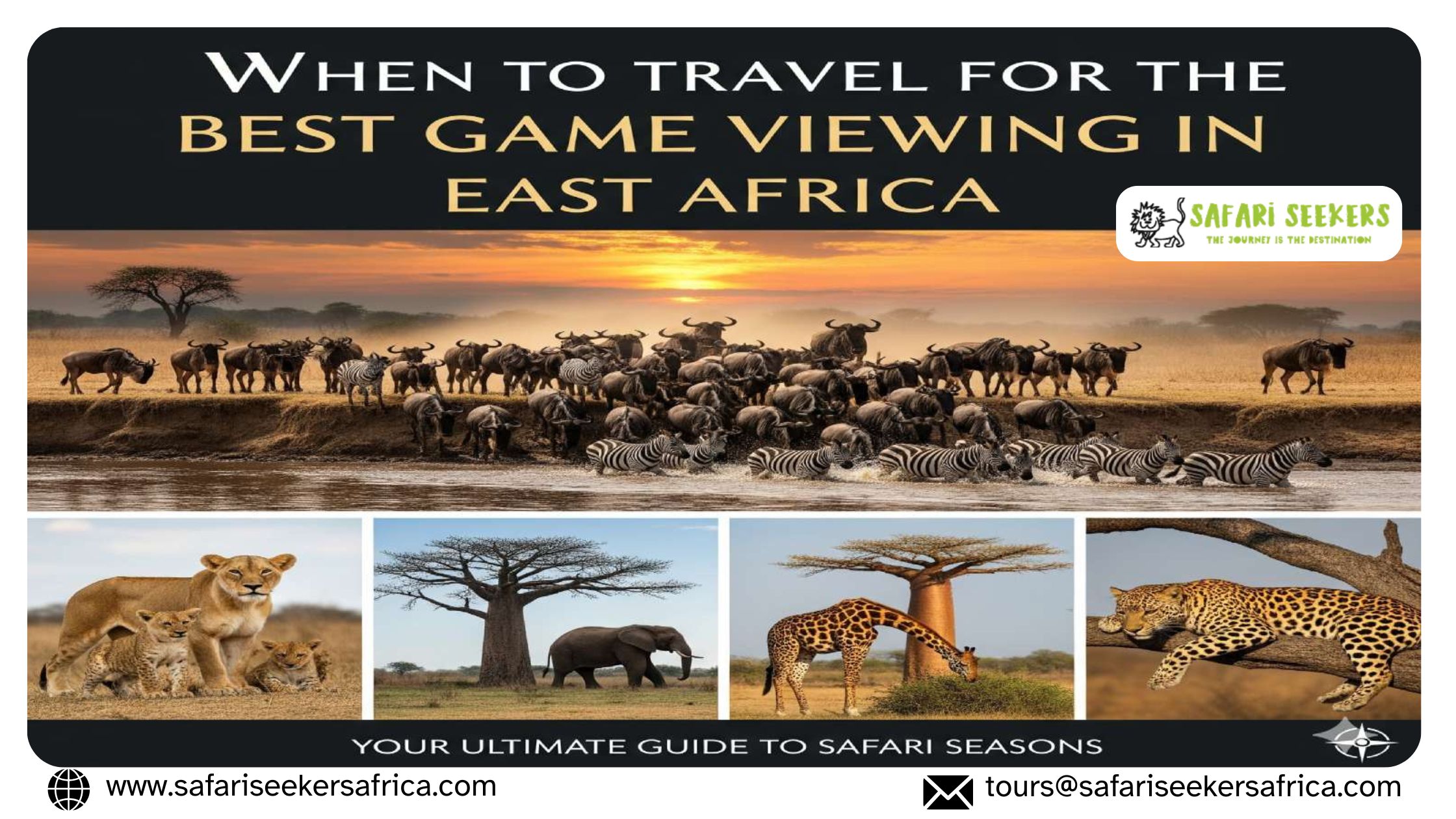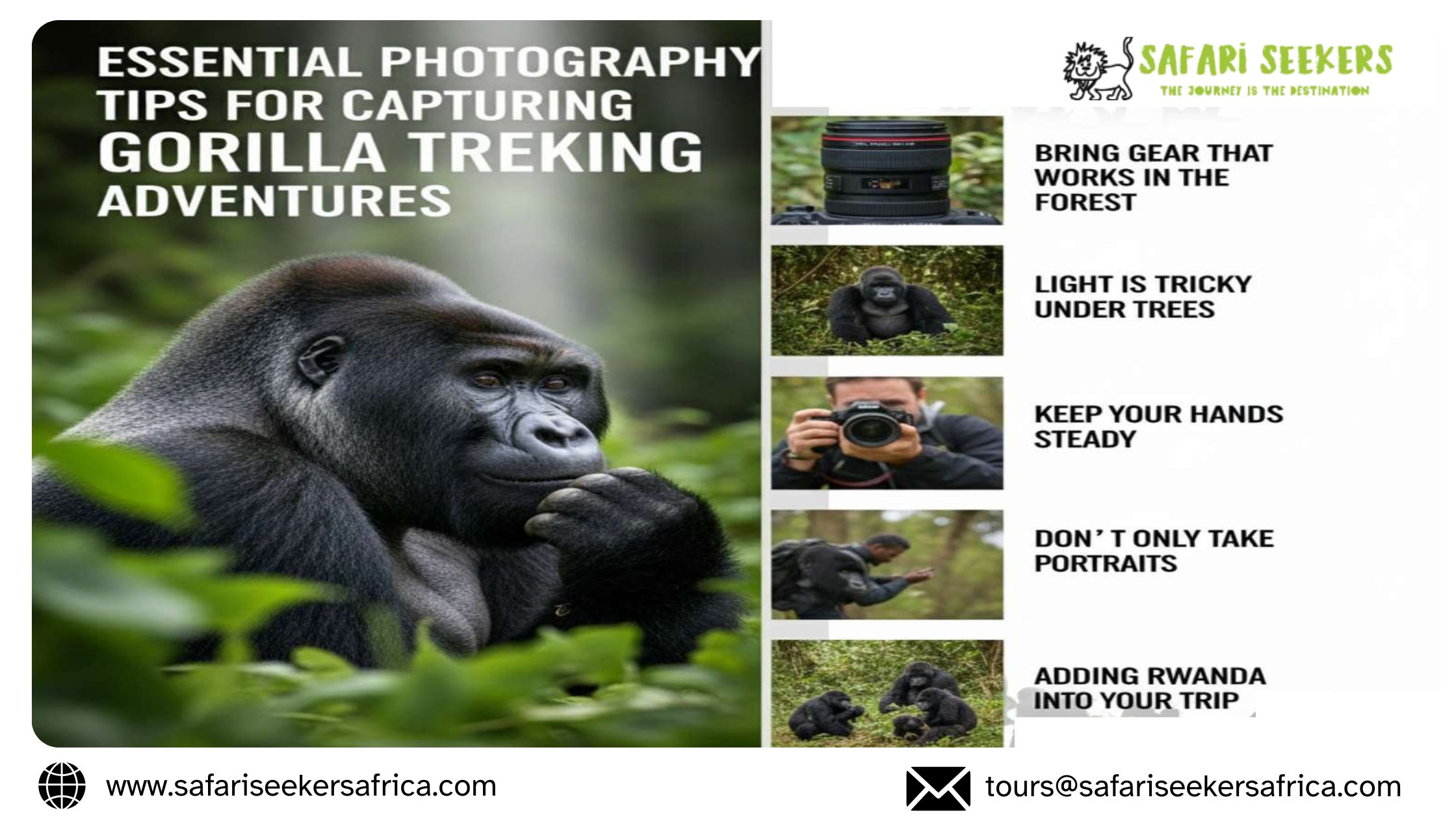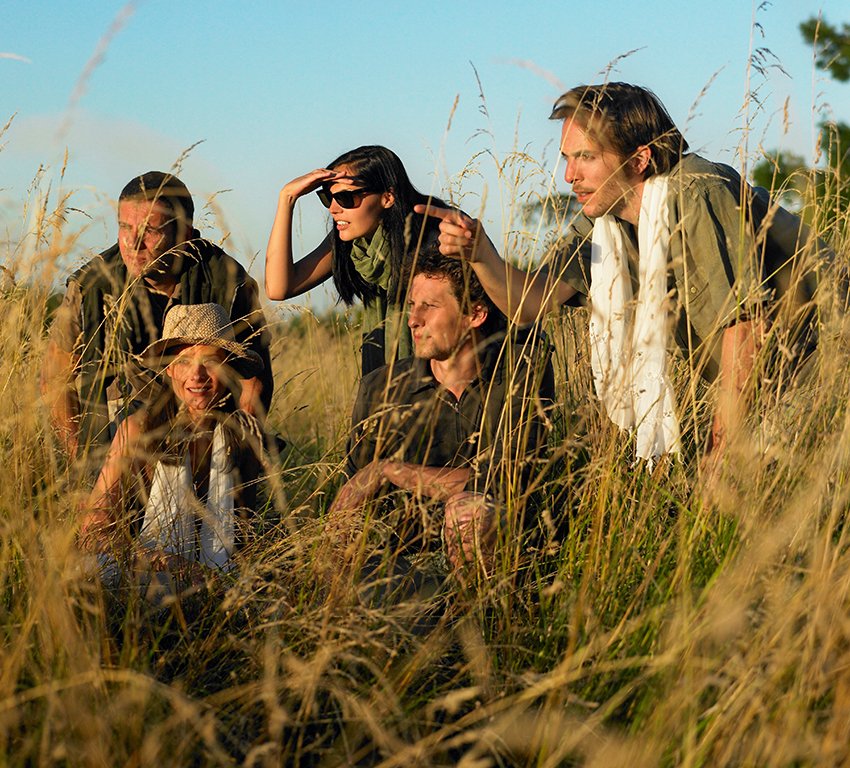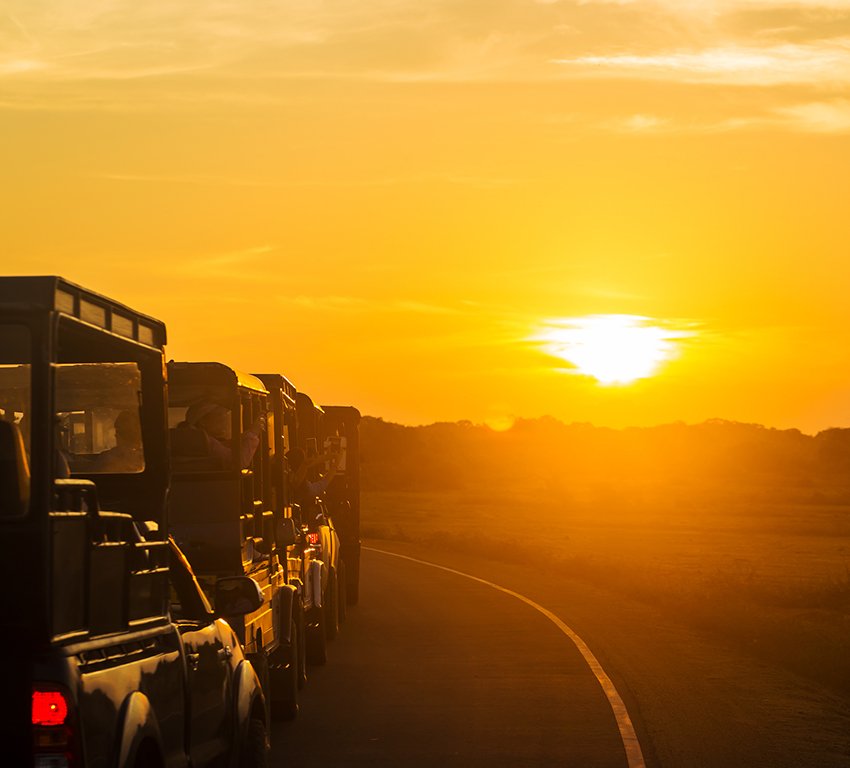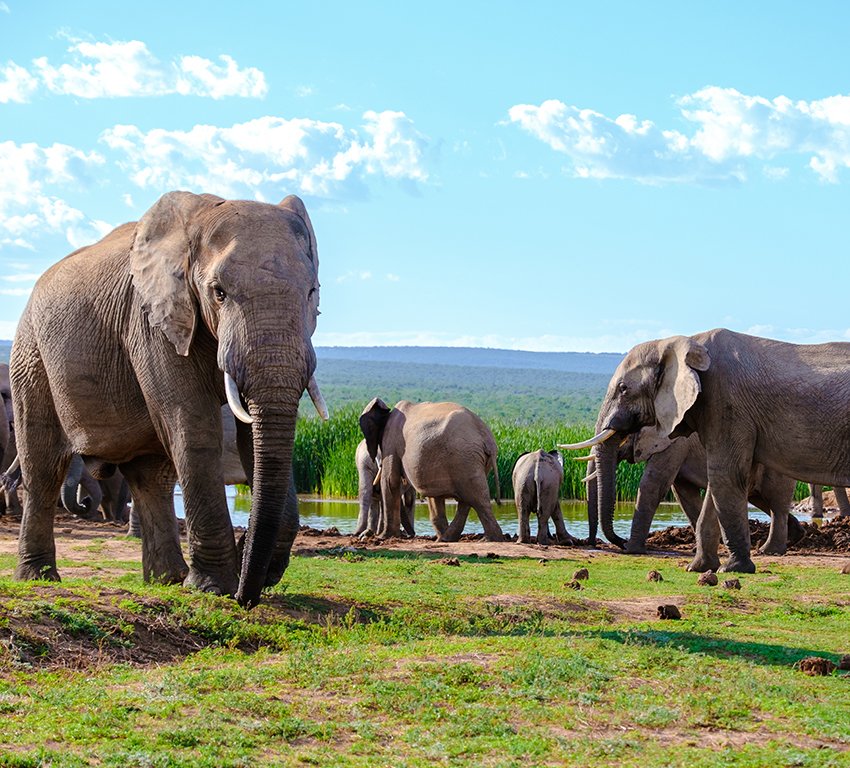A journey to Kenya or Tanzania for a safari would be incomplete without witnessing the breathtaking Great Wildebeest Migration. Picture the awe-inspiring scene of majestic cats and cunning hyenas lurking in the tall grass, poised to strike unsuspecting prey. Hear the rush of water as wildebeests cross treacherous Nile crocodile-infested rivers. Witness zebras elegantly traversing open fields. This magnificent spectacle is an absolute must on your safari adventure.
While the Great Migration offers an unparalleled parade of nature’s marvels, you’d also regret missing the astonishing calving season.
THE WONDER OF THE CALVING SEASON
The Serengeti’s calving season, a period of mass births, typically takes place from January to early March each year in the southern reaches of Tanzania’s Serengeti region. After the rains gradually subside, usually from January to February, wildebeests and other wildlife commence their procreation. The lush grass, vibrant foliage, and plentiful food sources foster population growth, with wildebeests welcoming around 8,000 newborns daily.
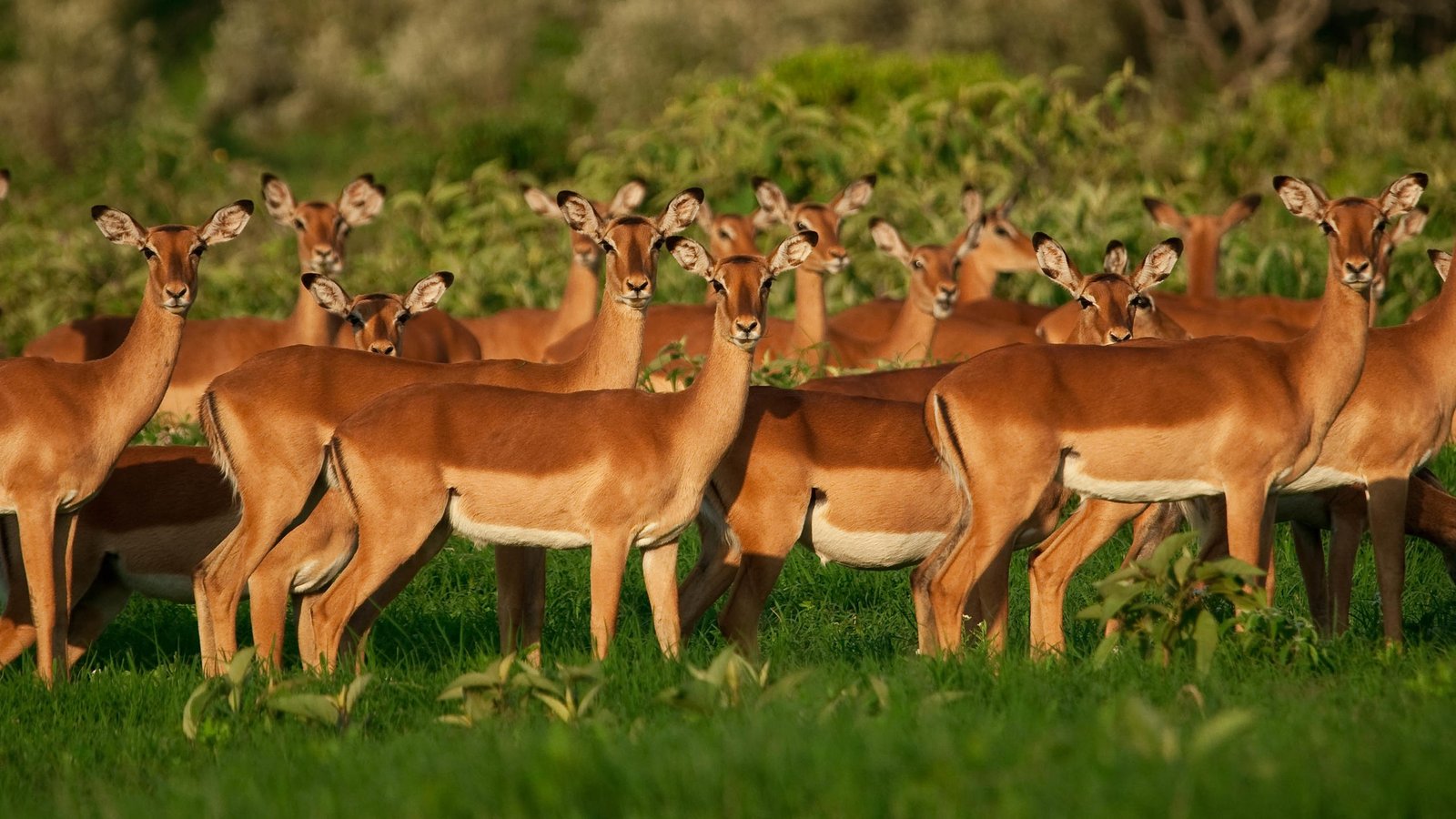
The herd collectively nurtures and safeguards these young members. With an abundance of vulnerable prey, the calving season serves as a prime training ground for predators, leading to some of nature’s most dramatic predator-prey interactions. Despite the apparent chaos of the migration, wildebeests exhibit “swarm intelligence,” systematically surmounting obstacles as a unified force. This intriguing behavior is a captivating facet of the wildebeest experience during your tour.
The calving season vividly illustrates the circle of life in nature, making it a tour highlight. Here are some tips to ensure you make the most of your calving season safari:
CHOOSE A REPUTABLE SAFARI OPERATOR
The calving season, like the rest of the Great Migration, is unpredictable. Opt for a respected and knowledgeable safari operator who can provide an exceptional viewing experience and up-to-date event information. A well-guided calving season safari will unveil a tapestry of predator-prey interactions and astonishing kills, showcasing the raw realities of the food chain. Only a skilled guide can offer this insight.

BOOK IN ADVANCE
Tanzania’s Serengeti and Kenya’s Masai Mara are the exclusive global venues for witnessing the Great Migration. With high demand, these tours fill up swiftly. Secure your spot for the calving season and other migration phases by booking at least six months ahead.
ALLOW ADEQUATE TIME
Witnessing the Great Migration’s calving season demands patience. As you’re amidst wild surroundings, match your pace to that of the creatures you’re observing. Be patient while your guide scouts prime viewing spots.
SELECT PREMIER ACCOMMODATION
Your choice of safari lodging can enhance your viewing experience. Opt for mobile tented camps that move with the herds for an immersive encounter.
ESTABLISH A REALISTIC BUDGET
Given the popularity of the Great Migration and its calving season, anticipate a considerable cost. Set a practical budget to avoid unforeseen expenses during your journey.
READY YOUR CAMERA
Capture not only the sights but also the memories. From newborn wildlife to predator hunts, every moment is a picture-worthy event. Be prepared to document these captivating scenes.
WEAR APPROPRIATE SAFARI ATTIRE
Equip yourself with suitable gear for this wild adventure. Comfort and mobility are paramount, and clothing should adapt to changing weather conditions, particularly during the unpredictable Serengeti calving season
STAY ENERGIZED
Expect prolonged outdoor exposure. Carry ample snacks to sustain yourself during the day. While tour operators may offer bush lunches and breaks, it’s wise to have extra sustenance on hand. Remember to manage your waste responsibly.
Observing the calving season of the Great Migration is an exhilarating, unforgettable experience. These tips should help you make the most of this remarkable phenomenon during your visit.




